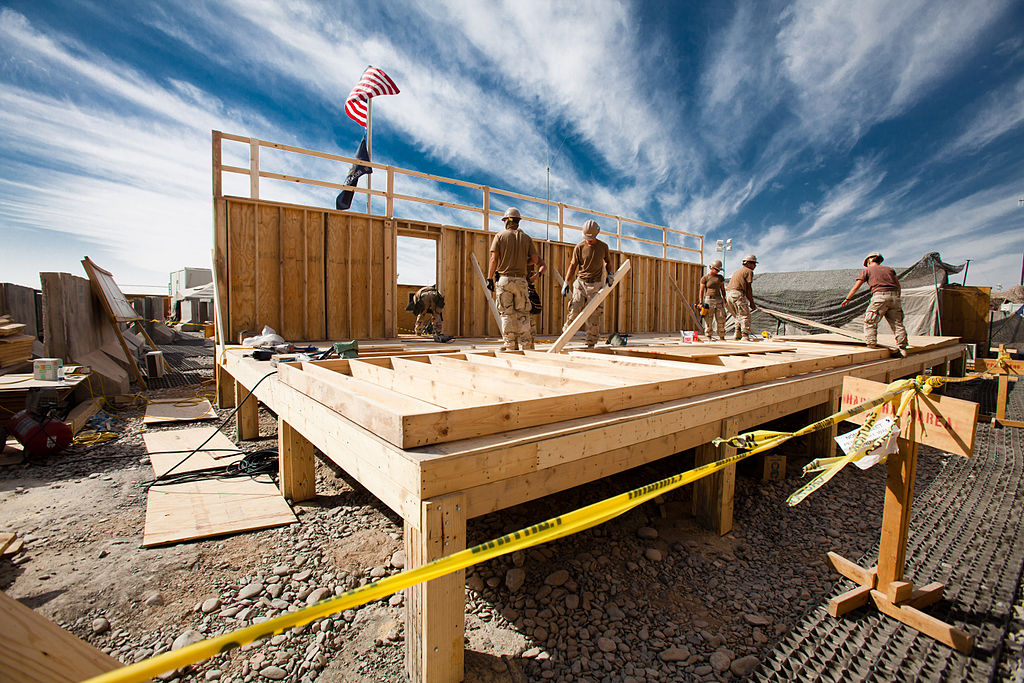How to Build a Smart Home on a Budget is an exciting journey into the world of home automation, demystifying the process and making it accessible to everyone. This guide is designed to help you transform your living space into a connected, efficient, and user-friendly environment without breaking the bank. We’ll explore the essentials, from defining what a “smart home” truly means in a budget-conscious context to implementing practical solutions that enhance your daily life.
Embarking on a smart home journey doesn’t have to break the bank; building on a budget is entirely feasible. To get started, exploring simple automation is key, and a great resource for inspiration is the article on Smart Home Automation Ideas for Beginners. Implementing these initial steps allows you to gradually expand your smart home setup while remaining mindful of your financial constraints, making the entire process manageable and cost-effective.
The guide provides a comprehensive overview of smart home technologies and how to incorporate them into your home. You will learn to evaluate your needs, plan your budget effectively, select compatible devices, and set up automation routines. From smart lighting and thermostats to security systems and voice control, we’ll cover everything you need to know to build a smart home that fits your lifestyle and your wallet.
How to Build a Smart Home on a Budget

Source: pediaa.com
Building a smart home doesn’t have to break the bank; it’s achievable with careful planning and smart choices. One effective strategy involves leveraging smart home gadgets to monitor energy use, allowing for informed decisions about consumption. Exploring devices such as smart plugs and energy monitors, as detailed in Smart Home Gadgets to Monitor Energy Use , is a great start.
Ultimately, focusing on energy efficiency is a key part of building a smart home on a budget.
Embarking on the journey to create a smart home doesn’t have to break the bank. This guide provides a comprehensive roadmap for building a connected and automated living space without exceeding your financial boundaries. We’ll delve into various aspects, from defining your smart home vision to selecting the right devices and navigating installation.
Defining “Smart Home” and Setting Expectations, How to Build a Smart Home on a Budget
A “smart home” on a budget focuses on integrating technology to automate and control various home functions, enhancing convenience, security, and energy efficiency, all while keeping costs down. The key is to prioritize features that offer the most significant impact without requiring a hefty investment.
Some realistically achievable smart home features include:
- Smart lighting control (bulbs, switches)
- Smart plugs for appliance control
- Basic smart security systems (door/window sensors, motion detectors)
- Smart thermostats for temperature regulation
The benefits are numerous:
- Cost Savings: Reduced energy bills through smart thermostats and lighting.
- Convenience: Remote control of devices, automated routines.
- Enhanced Security: Basic monitoring and alerts.
Assessing Your Needs and Prioritizing Features
Before investing, evaluate your current needs and wants. Identify which tasks you’d like to automate or improve.
Here’s a simple prioritization matrix:
- Identify Needs: List all the things you want to automate or control.
- Estimate Cost: Research the estimated cost for each feature.
- Assess Impact: Determine how much each feature will improve your daily life.
- Consider Ease of Installation: Determine if it is DIY or professional.
- Prioritize: Focus on features with high impact, low cost, and easy installation.
Essential smart home features and their impact:
- Smart Lighting: Convenience, energy savings, enhanced security.
- Smart Thermostat: Energy savings, temperature control.
- Smart Plugs: Remote control of appliances, energy monitoring.
Budget Planning and Financial Considerations
Setting a realistic budget is crucial. Research the average costs of different smart home devices.
Consider these points:
- DIY vs. Professional: DIY saves on labor costs, but professional installation ensures proper setup.
- Deals and Discounts: Look for sales, coupons, and refurbished products.
- Product Comparison: Research and compare prices from different brands.
A basic smart home setup could start with a few smart bulbs and a smart plug, allowing for gradual expansion as budget allows.